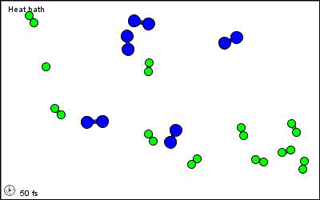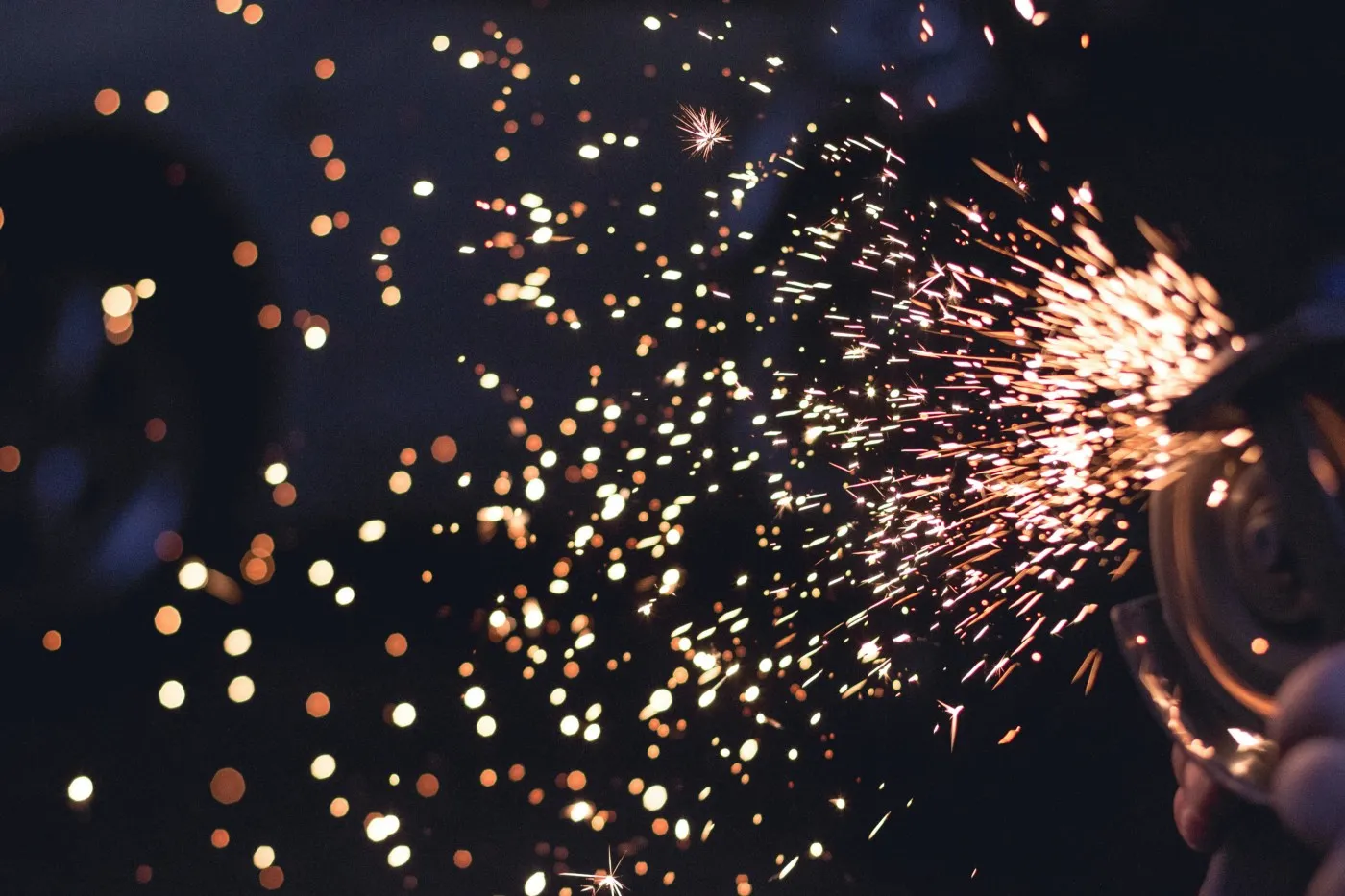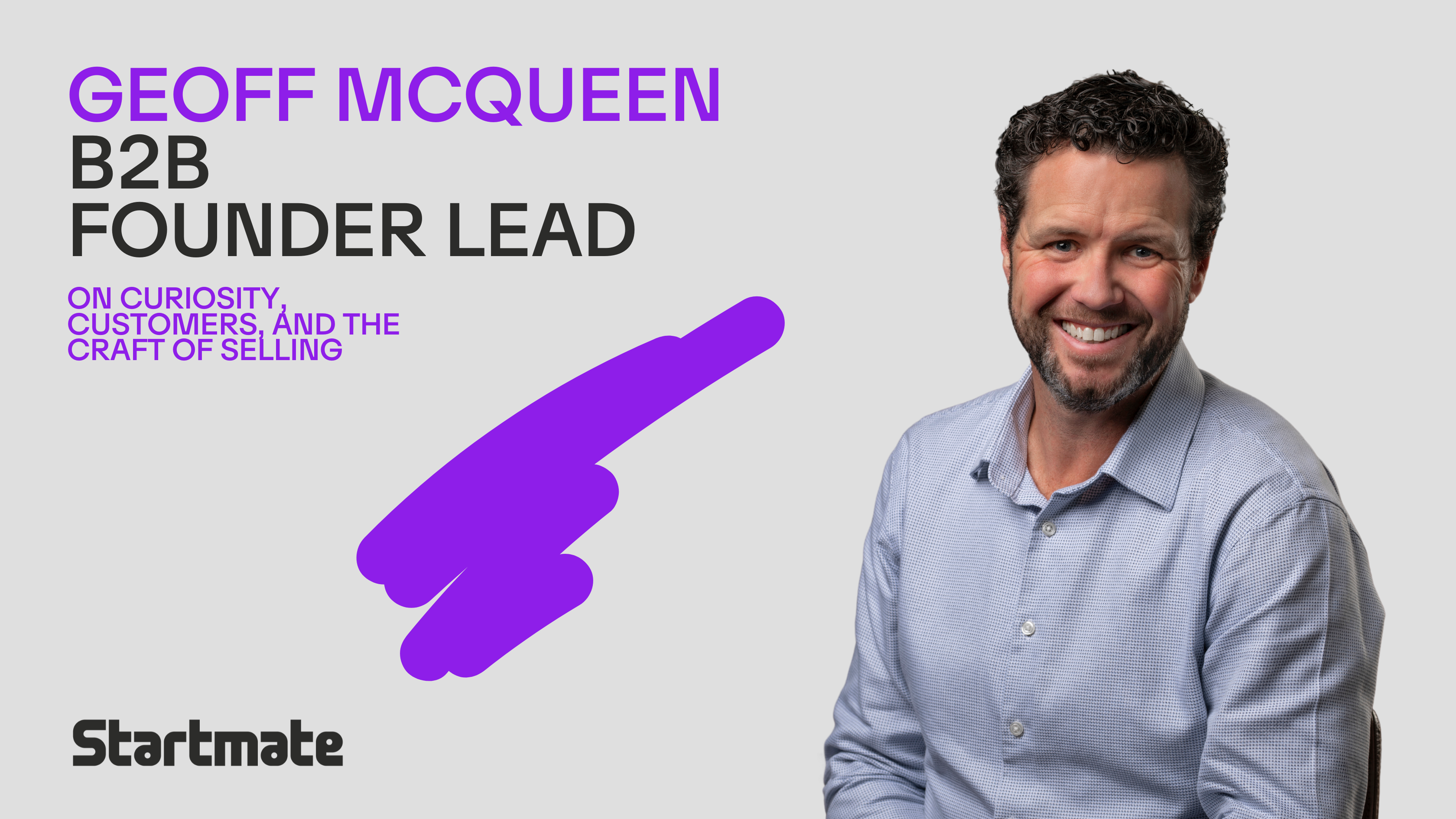A chemical reaction occurs when two compounds come into contact with enough energy to alter their underlying structure. Old bonds break and are replaced by new connections, creating something fundamentally different from what existed before.
Put another way, when you mix the right ingredients together, in the right order, with the right proportions in the right environment, magical things can happen.
This is the magic we are trying to nurture at Startmate.
What is Startmate?
At a high level, we say Startmate is ‘Australia and New Zealand’s epicentre of start-up ambition’. We call it the epicentre as we bring the key stakeholders of the startup ecosystem together in one place: founders, operators and investors.
But what does that actually mean?
The description of Startmate that gets me most excited about coming to work every day is actually a scientific one.
What we do at Startmate is create the perfect environment for a reaction to happen. But instead of chemical reactions, we facilitate human and social reactions.
Collision theory as a framework
If we’re trying to engineer these reactions, the framework I like most (and maybe that’s because I have a nerdy passion for science) is Collision Theory. The basic principle of collision theory is that for a chemical reaction to occur between two molecules, those molecules must first collide. Consider the following:
A + B → a new thing
For A and B to yield a new thing, they have to come in contact. If they collide at a slow speed, then they’ll bounce off each other and nothing will happen. But if they happen to collide with enough energy, A and B break their existing states of being and create something new. The minimum energy required to break the existing bonds is called activation energy.
Now imagine you have a box and you take that box and fill it with particles. The likelihood that some chemical reaction takes place by chance inside your box will depend on two things:
- Quantity: how many particles did you put in the box?
- Energy: how much energy does each of the particles have?
The quantity influences the likelihood that a collision between any two particles will occur. The more particles move around in the box, the more likely they are to come in contact. And the more energy each of the particles has, the higher the chances that a new thing will form when they collide.

So back to our example of a social chemical reaction. What are the particles, collisions and reactions?
- Particle: the individual person
- Collision: an interaction between two people, a conversation, a new idea that sparks something within the particle
- Chemical reaction: the outcome resulting from the collision (e.g. a new company)
Our chances of a reaction taking place when things collide is then determined by the energy of those particles. You can think of the energy of those particles as their potential impact:
- Does the person have a unique and interesting idea or perspective?
- Are they ambitious, talented and hungry?
- Do they have the potential to provide you with a different perspective on yourself, your business, your life?
- Can they give you a job, invest in your company or make helpful introductions?
Startmate is an experiment in collision theory
In essence, the reactions we are trying to create could look like:
- Electrifying Resonance — a great outcome after two people meet each other for the first time;
- Unexpected Help — someone reaching out to our community with a problem and finding the help they needed;
- Breakthroughs — realisations about yourself, your motivations and your direction;
- Resources — investment in one of our alumni companies;
- Trajectory Change — a fellow landing a new job;
- And much more!
The levers we can pull
To continue with the Collision Theory analogy, Startmate’s ‘box’ is the Australian and New Zealand start-up ecosystem, and the reaction we are trying to cause is the creation of the next wave of generational technology companies. And with this framework, we have some levers to pull to make that a reality!
1) Quantity: Increase the number of people and experiences in the ecosystem (founders, investors, operators etc).
2) Energy: Supercharge the people that are already in this ecosystem to give our system as much potential energy as possible.
Fundamentally, each of our products pull one or both of these levers.
- The Accelerator (energy): creates a high-pressure environment of accountability and resources for 15–20 companies every 6 months to give them as much momentum as possible.
- The Fellowship (both): creates pathways for women, students and engineers to enter tech, injecting a new wave of ambitious talent into the ecosystem (increasing quantity) and bringing putting them on a transformational journey of connection and relationship building (increasing their energy).
- First Believers (both): shifting the investor landscape in ANZ by cultivating the investing skills of a diverse set of people to ultimately invest in the next generation of startups.
- Student Fellowship (both): diverting the most ambitious students career paths away from traditional industries and driving them towards technology as a first port of call.
- Founders Fellowship (both): supporting more founders making the leap in to starting a company by surrounding them with potential co-founders, mentors and investors.
And these are just starting points. There are so many different mechanisms that can be used to influence either of these levers, and ultimately they all contribute to the amount of ‘reactions’ occurring that may lead to entirely new things being created — more ambitious founders create more interesting job opportunities for the best operators, both of whom go on to become the next generation of investors creating fertile soil for early-stage companies to solve the biggest problems on a global stage.
The best part — a community for life
The best part is, this is a community and not a laboratory. At Startmate we aren’t scientists putting compounds in a test tube.
Our particles are the people that are part of our community. The power of community — its shared values and high degree of trust — influences the orientation of the particles in our system. Basically our community works to ensure that everyone in the box that is Startmate is aligned in a way that gives the highest probability of a reaction occurring.
And personally, I find that pretty bloody exciting.






.png)

